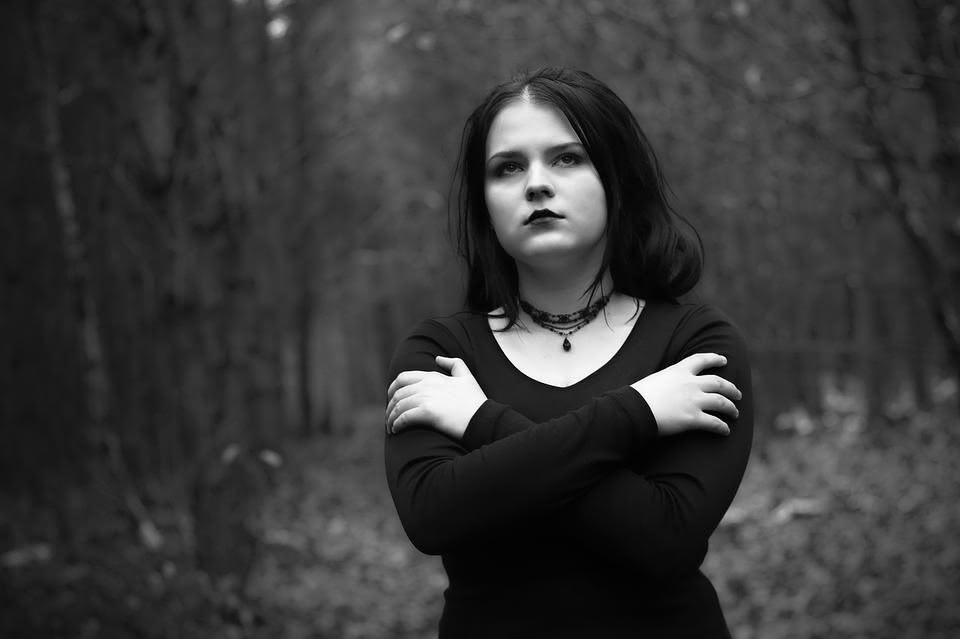Am I Bipolar? Top Indicators of Bipolar I Disorder (1st Article in a Series of 2)

Image courtesy of Pixabay.com
“Do I have bipolar disorder?” is a reasonable question you may have asked yourself. You may have undergone a test to see if you have the disorder, or received a bipolar disorder diagnosis. This article is the first in a series of two.
Bipolar disorder, previously known as manic depression, is a complex, lifelong mental health disorder that exhibits severe mood swings ranging from emotional highs (mania or hypomania) to lows (depression). Have you ever had concerns that you are bipolar?
You may have experienced euphoria, felt full of life and energy, or experienced moments of extreme irritability. Another week you may have found yourself feeling depressed, sad, hopeless, and without any interest in activities that have brought you pleasure or enjoyment in the past. Such extreme mood swings can sabotage your sleep cycles, energy levels, judgment, concentration, and adversely affect your ability to think clearly. They may have even driven you to feel suicidal.
Your episodic mood swings may occur only sometimes or multiple times every year. Between episodes you may experience some emotional symptoms, or perhaps none at all. Regardless, the disorder is a factor that makes your life seem difficult, if not unmanageable.
The root cause of bipolar disorder remains a mystery to mental health professionals, though several factors are involved, such as biological differences (physical changes in the brain), and/or genetics (bipolar disorder is more common in people who have a first-degree relative, like a sibling or parent, with the disorder). Researchers are still working to find genes that may be directly involved in causing the condition.
There are several types of bipolar disorders and related conditions, including bipolar I disorder, bipolar II disorder, cyclothymic disorder, to name a few. This post will focus primarily on symptoms of bipolar I disorder.
Bipolar I disorder means you’ve had at least one intense manic episode, resulting in uncharacteristic behavior, possibly before or after either a less severe hypomanic episode or a severe depressive episode. It has a distinct diagnosis from bipolar II disorder. The mania may have sparked an episodic break from reality, otherwise known as a psychotic episode, which may require hospitalization. Manic episodes experienced with bipolar I disorder can be severe and dangerous. Problems with work, school, and relationships are likely.
Manic episodes resulting from bipolar I disorder are characterized not only by a euphoric or irritable mood, but by three or more of the following symptoms:
- Hyperactive thinking, inability to focus on immediate tasks
- Loud and fast, uninterruptable speech
- A significant boost in energy, including hyperactivity and feeling a need for less sleep
- Delusional, aggrandized self-image
- Excessive spending and/or travel
- Impulsive behavior, an obsession with “living dangerously”
- An overwhelming “devil-may-care” attitude
- Brazen promiscuity
- Substance abuse
- Psychosis
A depressive episode is likely to follow your manic phase, not necessarily immediately, and possibly lasting days, weeks, or months.
Having bipolar disorder is not the end of the world. Though there is no cure for the condition, you can learn to manage your mood swings and other symptoms with the guidance of a mental health professional and a treatment plan. For most cases, bipolar disorder is treated with medications and counseling.
If you or someone you know is experiencing suicidal thoughts and impulses, or the compulsion to hurt self or someone else, call a doctor immediately.
Are you concerned about the possibility that you or a loved one may have bipolar disorder? Don’t fret! It’s treatable and manageable! If you or someone close to you need to talk to someone about mental health issues that seem overwhelming, we can help. Consider reaching out to our expert team at Solara Mental Health at 844-600-9747.




Leave a Reply
Want to join the discussion?Feel free to contribute!